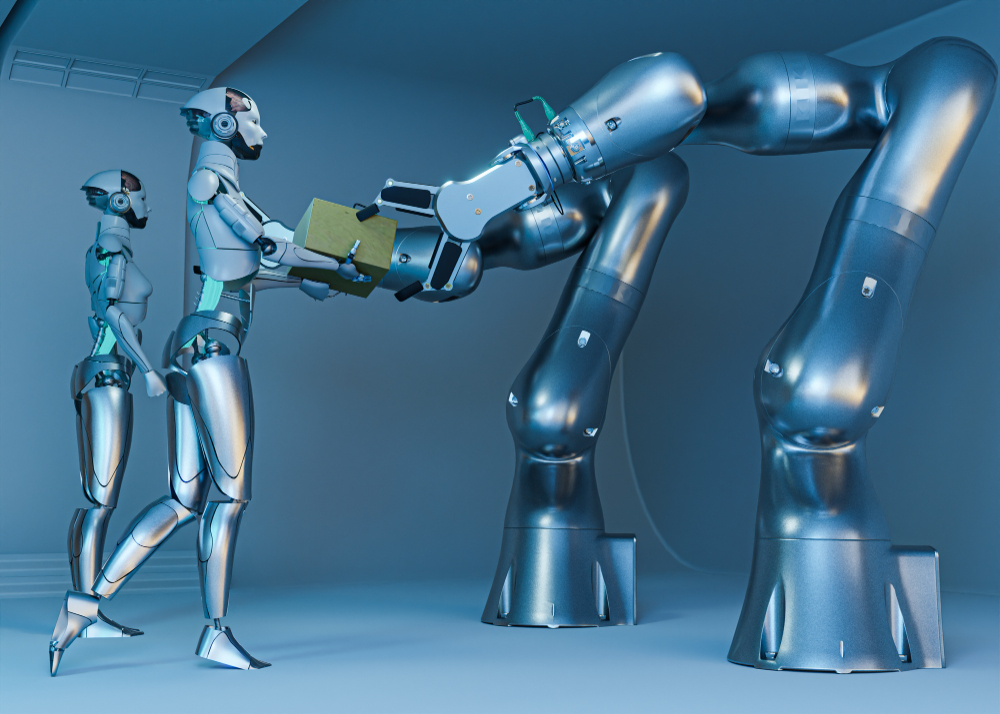Introduction: The Rise of Smart Factories in Automotive Manufacturing
In the world of automotive manufacturing, smart factories represent a paradigm shift. Traditional assembly lines, while efficient, are no longer sufficient to meet the demands of modern consumers, who expect high-quality, feature-rich vehicles delivered quickly and affordably. For CIOs and CTOs, the mandate is clear: leverage technology to transform manufacturing processes into smart, connected, and scalable operations.
This comprehensive guide explores how to scale smart factories for passenger vehicle production, addressing key technologies, challenges, and the transformative role of Virtual Delivery Centers (VDCs).
1. What Are Smart Factories?
Smart factories are advanced manufacturing environments where technology, data, and automation converge to optimize operations. They utilize:
-
IoT Devices: Sensors and connected machinery providing real-time data.
-
AI and Machine Learning: For predictive analytics, quality control, and process optimization.
-
Digital Twins: Virtual replicas of physical systems to simulate and improve operations.
-
Robotics and Cobots: Automating repetitive tasks while collaborating with human workers.
Insight: A Deloitte study found that smart factories can improve manufacturing productivity by up to 20%, reduce downtime by 40%, and enhance quality by 30%.
2. Challenges in Scaling Smart Factories for Passenger Vehicle Production
a. Legacy Systems Integration:
Many manufacturers rely on outdated systems that are not designed to integrate with modern IoT and AI platforms. Retrofitting these systems can be expensive and complex.
b. Workforce Transformation:
Shifting to smart factories requires upskilling employees to work with advanced technologies, from robotics to data analytics.
c. Data Overload:
Smart factories generate vast amounts of data, requiring robust infrastructure and analytics capabilities to derive actionable insights.
d. Cybersecurity Risks:
As factories become more connected, they are also more vulnerable to cyberattacks, necessitating robust security measures.
3. Technologies Powering Smart Factories
a. IoT and Edge Computing:
IoT devices collect real-time data on machine performance, environmental conditions, and production processes. Edge computing processes this data locally, reducing latency and enabling faster decision-making.
b. AI and Predictive Analytics:
AI analyzes historical and real-time data to predict equipment failures, optimize maintenance schedules, and enhance production efficiency.
Example: BMW’s smart factory in Dingolfing uses AI to identify defective components on assembly lines, reducing production errors by 30%.
c. Digital Twins:
Digital twins simulate manufacturing processes, enabling manufacturers to test changes and optimize workflows without disrupting operations.
Case Study: Volkswagen leveraged digital twins to optimize its electric vehicle production line, saving millions in operational costs.
d. Autonomous Robotics:
Autonomous robots handle complex assembly tasks with high precision, while collaborative robots (cobots) work alongside human employees.
Insight: Tesla’s Gigafactories employ over 1,000 autonomous robots to enhance production speed and accuracy.
4. Strategic Considerations for Scaling Smart Factories
a. Phased Implementation:
Scaling a smart factory is not an overnight transformation. Begin with pilot projects to validate technologies and refine processes.
b. Standardizing Data:
Ensure data formats and protocols are standardized across systems to enable seamless integration and analytics.
c. Partner Ecosystem:
Collaborate with technology providers, system integrators, and suppliers to accelerate implementation and access the latest innovations.
Example: Toyota partnered with Siemens to implement smart factory solutions, enhancing both production and supply chain visibility.
d. Sustainability Integration:
Smart factories should align with sustainability goals, leveraging energy-efficient machinery and waste reduction processes.
Case Study: A Volvo manufacturing facility reduced energy consumption by 40% after integrating IoT-based energy management systems.
5. The Role of Virtual Delivery Centers in Scaling Smart Factories
What is a Virtual Delivery Center (VDC)?
A Virtual Delivery Center is a remote, on-demand resource hub that provides expertise, tools, and technologies to support the implementation and scaling of smart factories.
How VDCs Empower CIOs and CTOs in Scaling Smart Factories
1. On-Demand Expertise:
-
Access specialists in IoT, AI, robotics, and digital twins for tailored implementation strategies.
-
Collaborate with process engineers to redesign workflows for maximum efficiency.
2. Rapid Technology Integration:
-
VDCs streamline the integration of IoT devices, AI systems, and robotics into existing manufacturing setups.
-
Experts manage interoperability between legacy systems and smart technologies, minimizing disruptions.
3. Data-Driven Decision Support:
-
Leverage data scientists and analysts to interpret complex datasets and provide actionable insights.
-
Implement predictive analytics to optimize maintenance schedules, reducing unplanned downtime.
4. Enhanced Cybersecurity:
-
Cybersecurity specialists ensure smart factory systems are protected against data breaches and cyberattacks.
-
Implement advanced protocols like zero-trust architectures and real-time threat detection.
5. Scalability with Agility:
-
VDCs allow manufacturers to scale resources based on project demands, ensuring cost efficiency.
-
Flexible engagement models enable rapid adjustments to align with evolving production needs.
Case Study: A leading automaker utilized a VDC to implement digital twins and predictive maintenance in its manufacturing plants, achieving a 25% reduction in production costs and a 35% improvement in equipment uptime.
6. Sustainability in Smart Factories
Smart factories not only optimize production but also contribute to sustainability goals:
-
Energy Efficiency: IoT-enabled systems monitor and optimize energy consumption in real-time.
-
Waste Reduction: AI-driven quality control minimizes material wastage by identifying defects early.
-
Carbon Neutrality: Renewable energy sources and optimized supply chains reduce carbon footprints.
Example: A Ford manufacturing plant achieved carbon-neutral operations by integrating renewable energy and IoT-based energy management systems.
Conclusion: The Future of Automotive Manufacturing
Scaling smart factories is no longer optional for automotive manufacturers—it’s an imperative. By embracing advanced technologies like IoT, AI, and digital twins, and leveraging Virtual Delivery Centers, CIOs and CTOs can drive efficiency, reduce costs, and achieve long-term sustainability.
The path forward is clear: innovate, optimize, and scale. The rewards? Increased profitability, a competitive edge, and a manufacturing ecosystem ready for the challenges of tomorrow.

